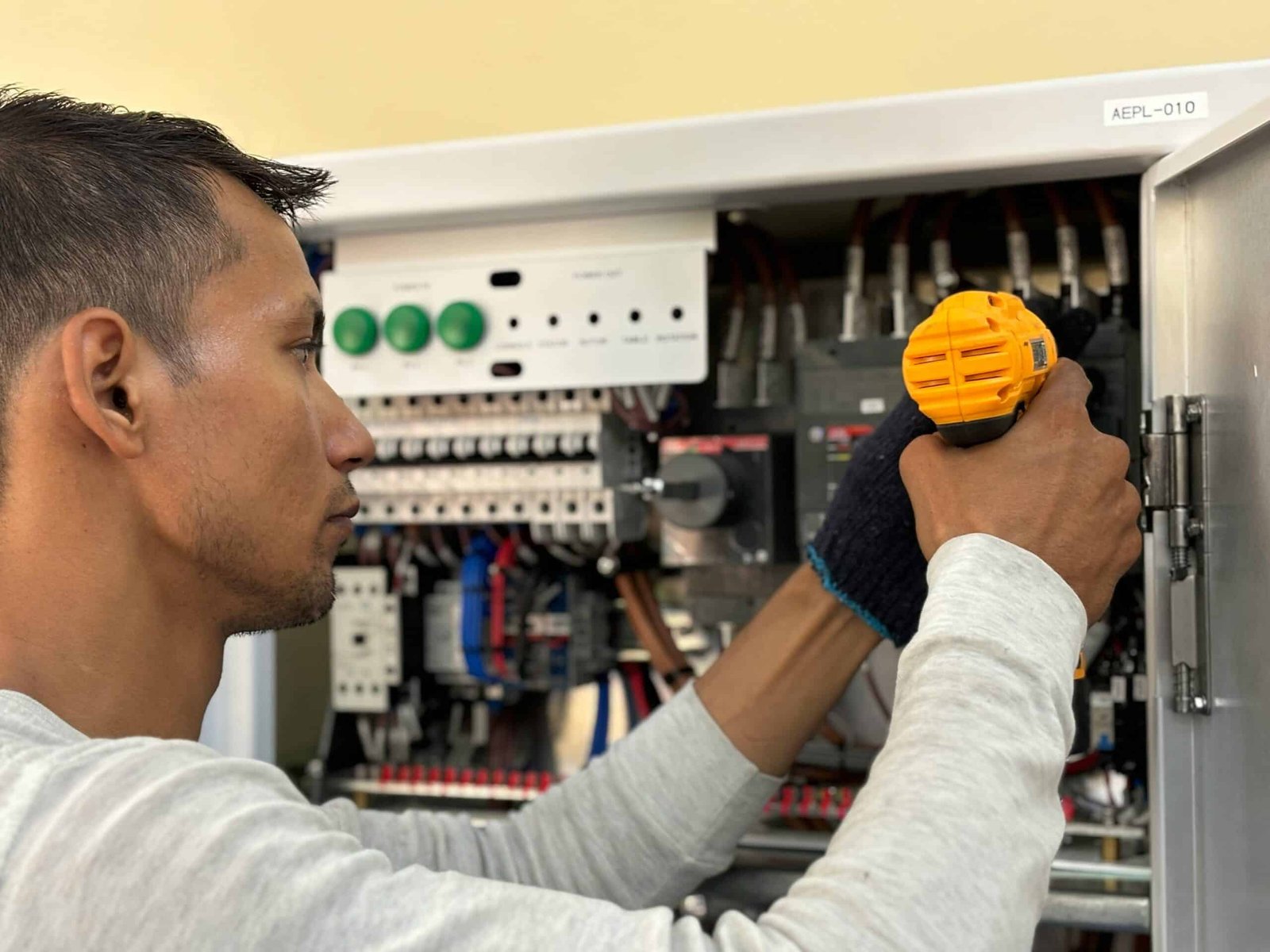60. Key Safety Standards Every Electrical Engineer Should Know

Introduction
Importance of Electrical Safety Standards
Electrical safety standards are crucial for protecting lives and property. They provide guidelines that prevent electrical hazards, ensuring that professionals and individuals can work with electricity safely. For example, strict adherence to standards can reduce the risk of electrical fires and shocks, minimizing workplace injuries.
Overview of Electrical Engineering
Electrical engineering is a vast field that encompasses various aspects of electricity and its applications. It blends theory and practice, focusing on:
- Power generation and distribution
- Electronics
- Telecommunications
- Control systems
In personal experiences, those trained in electrical engineering often recount stories of how understanding safety standards directly saved a colleague from a potential accident. Being mindful of these standards not only protects workers but also enhances the overall integrity of electrical systems.

Regulatory Bodies and Standards
OSHA Regulations
The Occupational Safety and Health Administration (OSHA) plays a vital role in ensuring workplace safety, particularly with electrical work. Their regulations set forth practices to minimize risks and promote safe work environments. For example, OSHA mandates that employers provide safety training and proper equipment for employees.
NFPA 70E Standard
The National Fire Protection Association (NFPA) 70E standard specifically addresses electrical safety in the workplace. This standard outlines essential practices to mitigate electrical hazards and includes guidelines on:
- Personal Protective Equipment (PPE)
- Arc flash hazard analysis
- Maintaining electrical equipment safely
Many professionals believe adhering to NFPA 70E significantly enhances safety measures. A colleague once shared how their adherence to these guidelines helped them avoid a serious arc flash incident.
IEEE Standards
The Institute of Electrical and Electronics Engineers (IEEE) also contributes to electrical safety through various standards that focus on best practices for installation and maintenance. They provide:
- Technical guidelines for power and energy systems
- Standards for ensuring reliable electrical performance
Adopting IEEE standards not only fosters innovation but also ensures that safety remains paramount. This commitment to safety can be seen as an industry-wide approach that protects both workers and the public from potential hazards.

Personal Protective Equipment (PPE)
Types of PPE for Electrical Work
Choosing the right Personal Protective Equipment (PPE) is crucial for those working with electricity. Different PPE types help provide a barrier against electrical hazards. Essential PPE for electrical work includes:
- Insulated gloves: Protect against electric shock.
- Arc-rated clothing: Reduces the impact of arc flashes.
- Safety glasses: Shields eyes from sparks and debris.
- Hard hats: Protects against head injuries from falling objects.
Many workers recall feeling more secure once they donned proper PPE, particularly during high-risk tasks.
Proper Usage of PPE
Using PPE correctly is just as important as having it. Here are some best practices:
- Inspect PPE before use: Always check for damages or wear.
- Know the limitations: Understand what each piece of equipment protects against.
- Store safely: Keep PPE in a designated area to avoid contamination.
- Train on proper usage: Regular training ensures everyone knows how to use PPE effectively.
For instance, a colleague once explained how following these practices saved him during a minor electrical mishap. He attributed his quick recovery to the gear he wore and the training he received. Thus, ensuring proper usage can indeed avert potential disasters on the job.

Lockout/Tagout Procedures
Purpose and Importance
Lockout/Tagout (LOTO) procedures are critical for ensuring employee safety during maintenance and servicing of electrical equipment. Their primary purpose is to prevent the unexpected energization of machines, which can lead to severe injuries or fatalities.
- Reasons for LOTO:
- Protects workers from electrical hazards.
- Ensures machines are completely shut down before service.
- Promotes a culture of safety within organizations.
In personal experience, a co-worker once shared how strict LOTO practices saved him from a near-miss incident while repairing a conveyor system, highlighting the procedures’ significance in safeguarding lives.
Steps of Lockout/Tagout
Implementing effective LOTO procedures involves a systematic approach. The key steps include:
- Preparation: Identify the energy sources that need to be locked out.
- Notification: Inform all affected employees about the LOTO process.
- Shut down: Properly shut down the equipment following manufacturer instructions.
- Lockout: Use locks and tags to secure the energy-isolating devices.
- Verify: Ensure the equipment is in a zero-energy state before starting maintenance.
- Perform work: Conduct the necessary repairs or maintenance safely.
- Remove lockout/tagout: Only authorized personnel should remove locks and tags after completion.
This structured approach ensures a clear understanding of the LOTO process, significantly lowering the risk of accidents. In one memorable instance, adhering to these steps meant the difference between a routine check and a serious electrical incident for my team.

